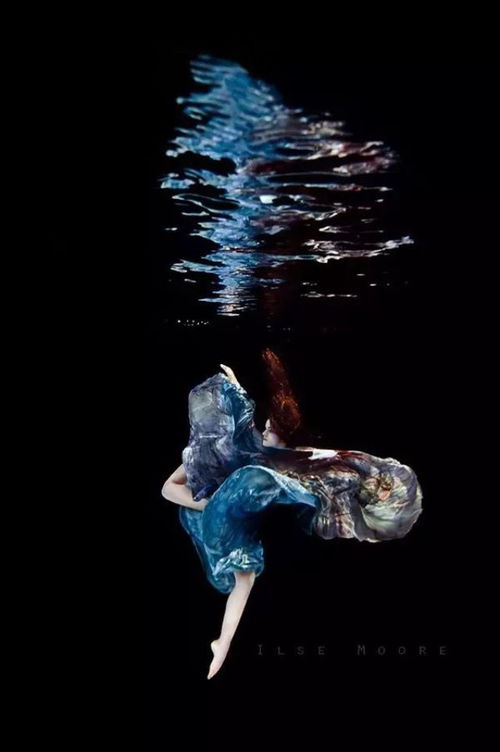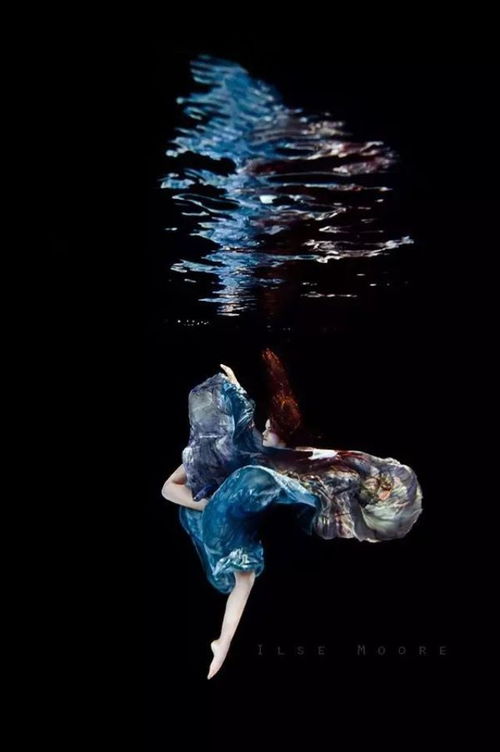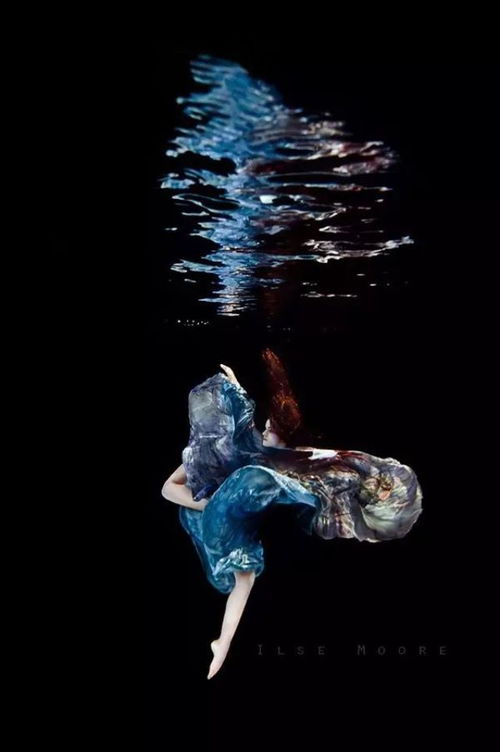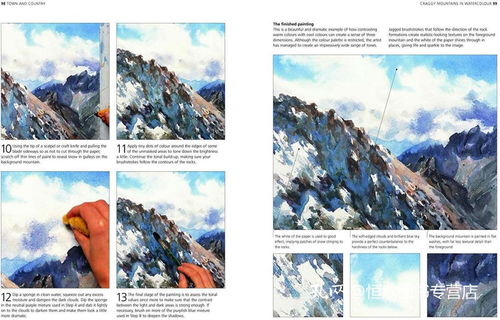Content:
Introduction: Trolling fishing is a popular and effective method for catching a variety of fish species. Whether you are a beginner or an experienced angler, learning how to troll fish can enhance your fishing experience and increase your chances of landing a big catch. In this article, we will provide you with valuable tips and techniques on how to learn the art of trolling fishing.
Understand the Basics: Before diving into the world of trolling fishing, it is essential to have a solid understanding of the basics. Trolling involves dragging a lure or bait behind a moving boat at a controlled speed to attract fish. Familiarize yourself with the different types of trolling setups, such as downriggers, planer boards, and inline weights, and how they work.

Choose the Right Trolling Equipment: To successfully troll fish, you will need the appropriate equipment. Here are some essential items to consider:
a. Trolling Rod and Reel: Select a rod and reel specifically designed for trolling. These rods are usually longer and stiffer to handle the increased line tension and longer casts.
b. Trolling Motor: A trolling motor is crucial for maintaining a steady speed while fishing. Choose a motor that suits your boat size and the type of fishing you plan to do.
c. Lures and Bait: Trolling fish require different types of lures and baits, depending on the species you are targeting. Research the specific preferences of the fish you want to catch and choose appropriate lures or baits accordingly.
Learn the Trolling Techniques: Once you have the right equipment, it's time to learn the techniques for successful trolling. Here are some key tips:
a. Start with a Slow Pace: When you begin trolling, start with a slow pace and gradually increase the speed. This allows the fish to investigate the lure or bait without feeling threatened.
b. Vary Your Speed: Experiment with different speeds to see which one produces the best results. Some fish may prefer a slower pace, while others may be more responsive to faster speeds.
c. Change Your Lure Presentation: Tweak your lure presentation by adjusting the speed, retrieve, and depth. This will help you mimic the natural movements of the fish and attract their attention.
Pay Attention to the Water Conditions: Understanding the water conditions is crucial for successful trolling. Here are some factors to consider:
a. Current: If you are fishing in a river or stream, pay attention to the current and adjust your speed accordingly. In strong currents, you may need to increase your speed to maintain control of the lure.
b. Depth: Research the preferred depths of the fish you are targeting. Use downriggers or planer boards to troll at the desired depth.
c. Weather: Be aware of weather conditions, as they can significantly impact fish behavior. Overcast or windy days can be more productive for trolling.
Practice Patience and Persistence: Trolling fishing requires patience and persistence. Fish may not bite immediately, so be prepared to wait. Stay focused, and keep experimenting with different techniques until you find what works best for the fish you are targeting.
Conclusion: Learning how to troll fish can be a rewarding experience that adds excitement and variety to your fishing adventures. By understanding the basics, choosing the right equipment, mastering the techniques, and being patient, you will increase your chances of success. Remember to research and adapt your approach based on the specific fish species and water conditions. Happy fishing!












